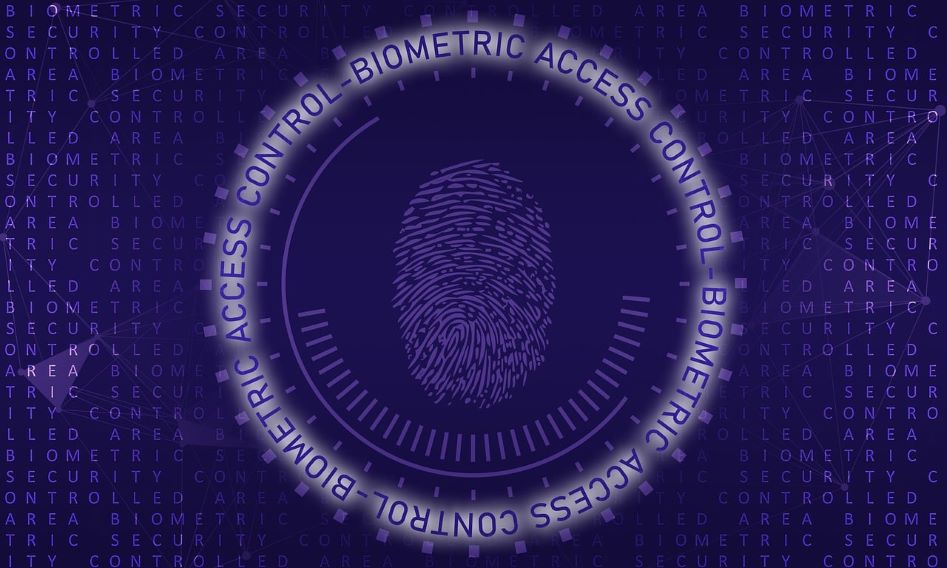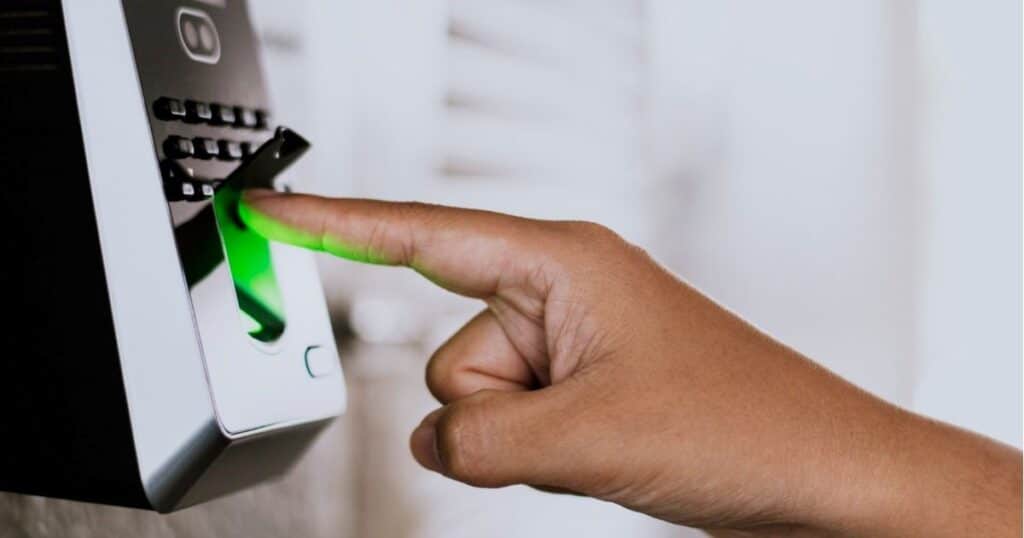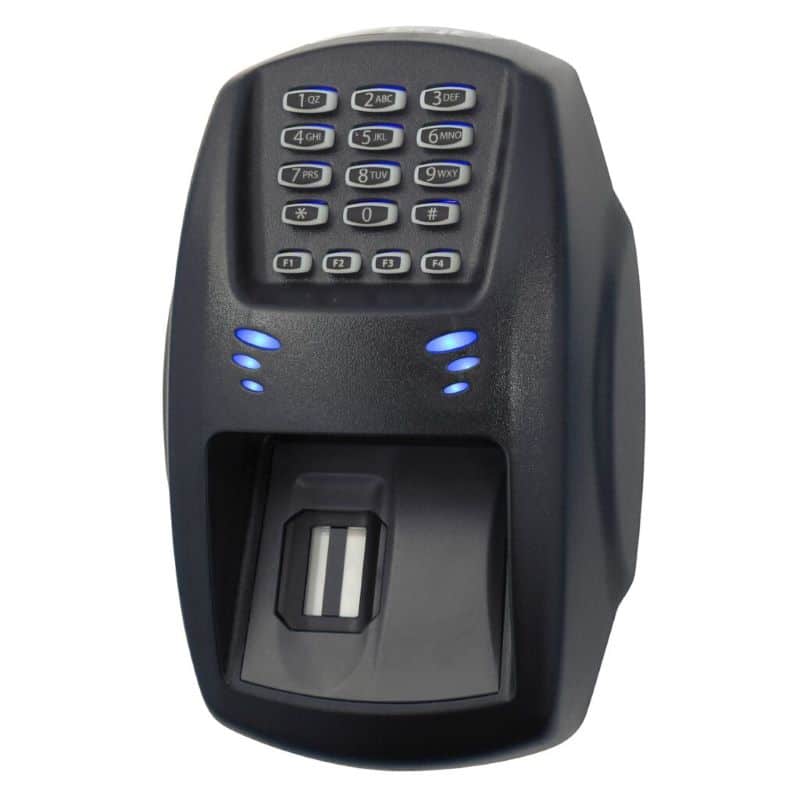A Biometric Attendance System detects the presence of an individual by using biometric data such as fingerprints, eyes, hand geometry identification, voice, vein recognition, face recognition, and so on. Biometric scanners are being used as an advanced layer in many personal and business attendance systems. Because of unique identifiers such as biology and actions, the process is impeccable.
Why Biometrics are needed?
Current cybersecurity may have brought new dangers, but it remains focused on risk minimization. Because unethical workers may log in for one another and provide a proxy attendance of a person who never attended the workplace, HR work procedures have gone insane as a result of alphanumeric passwords, ID card swipes, and other problems. Biometric identification system tries to address this issue by linking evidence of identification to the bodies and activity patterns, restoring the ideal Online Attendance System.
What is the purpose of Biometric attendance?
A biometric attendance system eliminates proxy punching, saves employee time, and provides payroll with correct pay data, allowing you to maintain a productive corporate environment. The biometric fingerprint scanner is one of the most secure and promising methods for accurately documenting employee attendance. Thus, biometric attendance systems are becoming increasingly popular in the business world for tracking the attendance graphs of employees.
Benefits of biometric attendance:
Biometric scanners are very secure, simple to install and operate, and do not require any prior knowledge. While compared to prior systems, these scanners save a significant amount of time when acquiring access. They also prevent personnel from misusing access gainers and early/late punching. Scanners also provide PTO tracking compliance software, measures to prevent inaccurate time-ins, accurate recording of details, and saving the time of clocking in, thus saving all data for time management and recording. Biometric scanners are simple to integrate into payroll and billing systems.
How does biometrics work?
Biometric systems use employee fingerprints to authenticate the identification of the individual clocking in and out. The employee’s fingerprint is scanned, the endpoints and intersections of the fingerprint are compared with the record in the database, and access is allowed as a result. To clock in at work each day, a new employee must add his or her fingerprint for the first time.
Fingerprint devices have gotten more advanced in terms of scanning technology and scanners utilized. The following describes the basic method of producing and matching patterns inside a scanner:
Whenever a scan is performed, the resulting digital print is examined for the specific characteristics known as (minutiae), in which the lines of the fingerprint are either divided into two and the algorithm evaluates the distance between the angles.
Scanning can be done in two ways. They are as follows:
Optical Scanner:
The optical scanner shines a bright light on the finger and captures a high-quality digital image. The picture is sent to the scanner by the computer. When a scan is performed, this is used to match the record of the concerned individual.
Capacitive Scanner:
This is the scanner that electronically scans the fingerprint. This will be saved in the database and used for comparison anytime a scan is performed.
The safety of biometric scanners:
As it is unique and incredibly dependable, the biometric fingerprint attendance method is completely safe. Having said that, many individuals are hesitant to install biometrics because it has traditionally been the realm of crime detection authorities.
However, this is not so certain because biometric scanners only collect the fingerprint and maybe the employee ID and do not collect any other personal information about the individual, such as social security number, gender, age, residence, and so on. As a result, even if the biometric sensor is compromised, it will only show the Employee ID.
It is sometimes even secured to the point where the captured fingerprint is immediately deleted while the software obtains the coordinates and vertices, creates a collection of them, and stacks them in the database. As a result, there will be no violation of the law in the biometrics for time and absence management.
In the future, fingerprint scanners will be put everywhere as an authentication medium, including large banks, airports, MNCs, ATMs, and so on. Identification can be enhanced to include retina scanning, facial detection, iris detection, and other methods.
Looking for an automated Attendance Management integrated system?
We recommend you GleamHR which is one of the top HR solutions. The automation of so many HR functions into a single system.
GleamHR is a human resource management system designed for small and medium-sized businesses. This HRM software centralizes employee data and restricts access to only one authorized user, ensuring a high level of security. The presence module tracks employee time based on insertion and perforation data. It addresses all of your company’s core HRM requirements, such as time management, attendance management, expense management, leave management, recruitment management, and personnel information management.
Key Features of GleamHR
- Hiring
- Onboarding
- People Analytics
- Training
- Paid Time Off
- Time Tracking (Attendance management)
- Payroll
Unlike the other popular HRM software, opting for GleamHR will benefit you to utilize all HR functions in a single software. You can use one system for all HRM functions. As the other HRM software tools are designed for specific HR functions separately, also, you can purchase the GleamHR software based on the number of employees in your organization.




